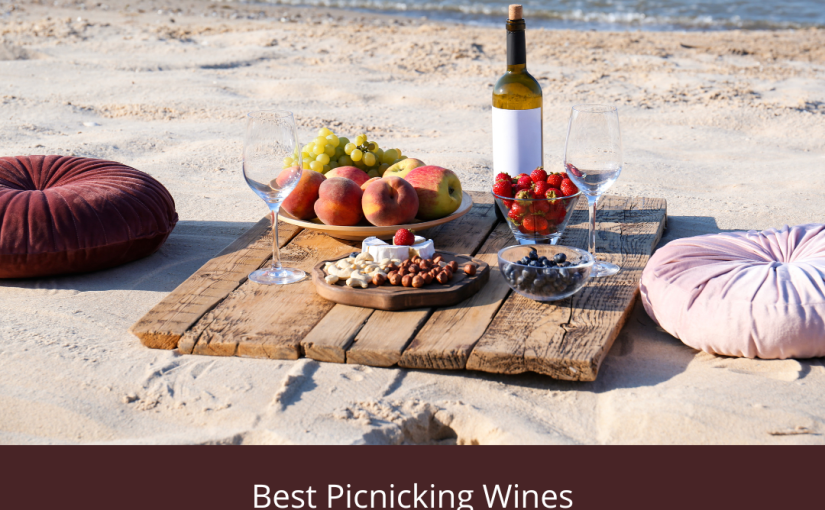Picnic season is right around the corner and they are a great way to enjoy the outdoors, good food and good company. Wine is often a staple for many picnics, so choosing the right wine is important to enhance the experience. Here are some of the best picnicking wines for your next picnic:
Rosé: A light, crisp rosé is the perfect wine for a picnic. It is refreshing and easy to drink, making it a great option for a warm day. Rosés are often made from a blend of red and white grapes and are known for their fruity, floral, and slightly sweet taste.
Sparkling wine: Sparkling wine is a great choice for a picnic because it’s festive and adds a touch of elegance to the occasion. Choose a dry, crisp sparkling wine like Prosecco or Cava for a light and refreshing option.
White wine: A light, crisp white wine like a Sauvignon Blanc or Pinot Grigio is a great option for a picnic. These wines are easy to drink and pair well with light, summery foods like salads, fruits, and grilled vegetables.
Light red wine: If you prefer a red wine, opt for a light, refreshing red like a Beaujolais or Pinot Noir. These wines are lower in tannins and alcohol, making them a great option for a picnic in the sun.
Boxed wine: If you’re looking for a convenient and cost-effective option, consider taking a boxed wine. Boxed wines are easy to transport and can be as good as bottled wine.
When choosing the best picnicking wines, consider the temperature and the time of day. Wines that are too heavy or high in alcohol may be too much for a warm day, so opt for light and refreshing wines that are easy to drink. And, don’t forget to bring along a cooler to keep your wine at the proper temperature. Even though red wines are often served at a higher temperature, the direct sunlight can dramatically change the drinking experience.
In conclusion, picnics and wine go hand in hand. From rosé to sparkling wine to light reds, there are many options to choose from to make your picnic even more enjoyable. Just remember to choose a wine that is easy to drink and refreshing for a warm day in the sun. And don’t forget your bottle opener!
When you find your perfect wine and would like to bring it to your favorite restaurant, be sure to download the CorkageFee app to share your experience with other wine lovers.

